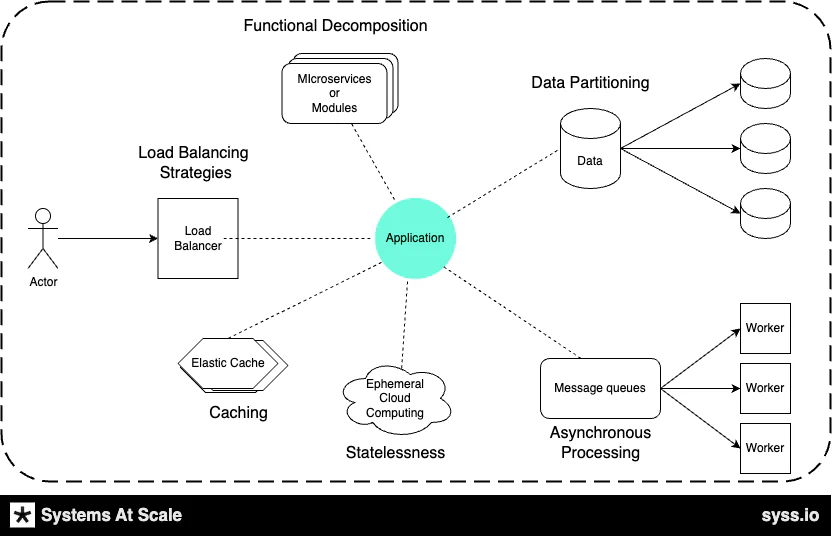The basics of scalable systems
As the world becomes more interconnected the demand for distributed systems that operate at scale keeps growing. The internet is everywhere and it is changing the way we live our lives in every aspect. And guess what? With the Starlink distributing the Internet everywhere in the globe, Blockchain and IoT revolution on the horizon, the demand for distributed and scalable systems is only going to increase and the demand for the engineers will increase accordingly.
By understanding the foundations of system design,
putting enough time and effort, you can position yourself to meet this rising demand and excel in the engineering field.
While we will talk a lot about scalability and challanges that comes with it, it is important to keep in mind that the key word here is “Systems”. Scalability is just one of the many aspects of the systems design, which happens to be an important one.
Who is this for?
Whether you’re a UI/Frontend developer, crafting beautiful and responsive interfaces, or a Backend developer, orchestrating the underlying functionalities and databases, having a grasp on scalable system design is indispensable. Think about it: when you get both worlds, you’re like a tech superhero. Systems are getting crazy complex these days, and if you’ve got that full-picture knowledge, you’re ahead of the game. This isn’t just about leveling up your project game; it’s about supercharging your career and standing out in the tech party. So, dive in and embrace the full experience! 🚀🎉


